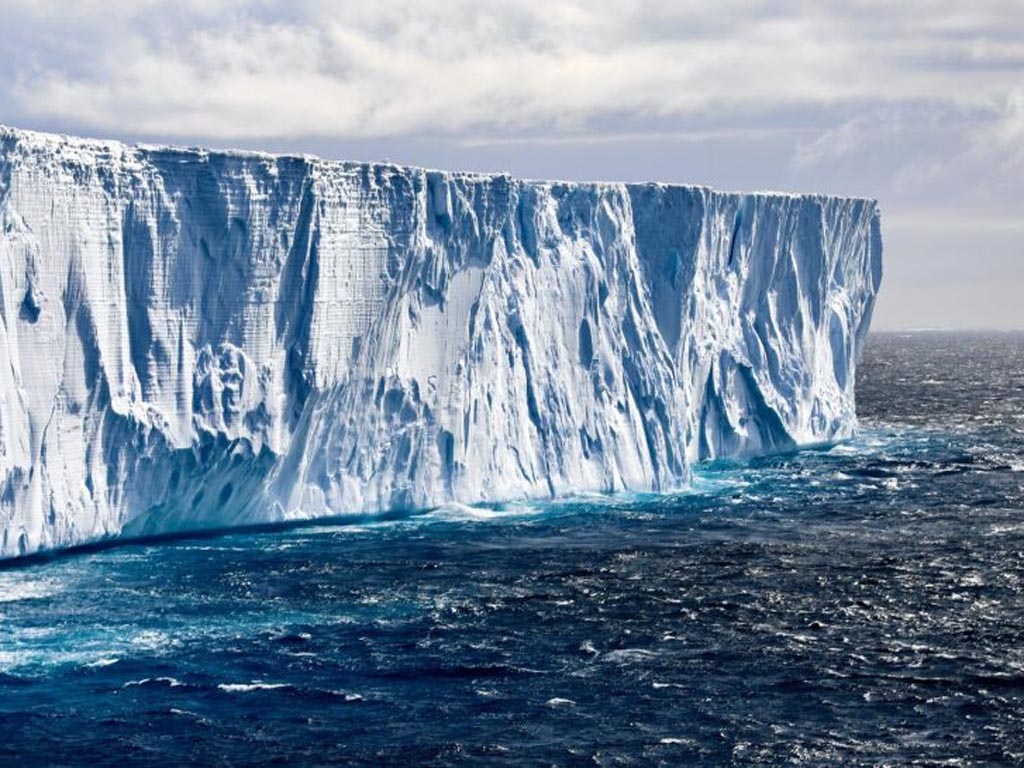The findings, published in the journal Geophysical Research Letters, suggest that Antarctic sea ice is undergoing a worrying change and moving to a new low level in the coming decades.
Each year, the Southern Ocean around Antarctica freezes to form sea ice, which peaks at the end of winter and reaches its lowest point at the culmination of the summer months from December to February.
On February 19, 2023, the extent of Antarctic sea ice reached a minimum of 1.77 million square kilometers. This represents 1.02 million square kilometers less (36 percent) than the average minimum from 1979 to 2022.
According to experts, Antarctic sea ice is vital to the survival of species such as penguins and Antarctic ecosystems. It is also one of the key controls on ocean currents that can affect global climate.
Without sea ice, the ocean absorbs sunlight and emits heat into the atmosphere, warming it.
An analysis of data from 18 different climate models revealed that it is unlikely that a record level of sea ice cover would have occurred in the absence of climate change.
jrr/jav/mem/abm










